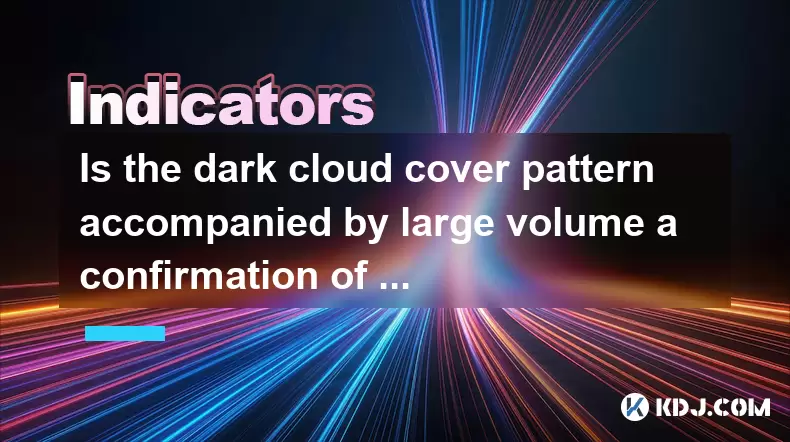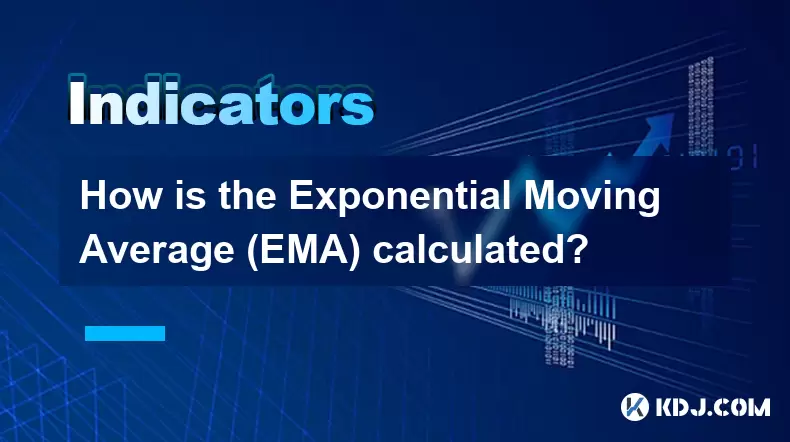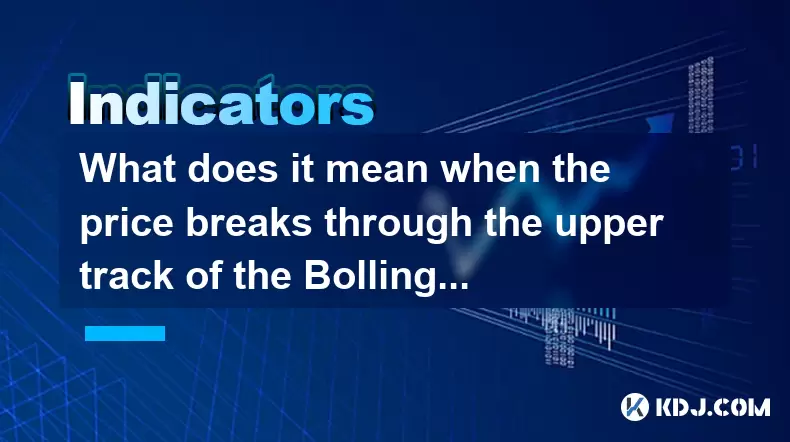-
 Bitcoin
Bitcoin $117500
-0.66% -
 Ethereum
Ethereum $3760
-1.24% -
 XRP
XRP $3.087
-2.54% -
 Tether USDt
Tether USDt $0.9999
-0.01% -
 BNB
BNB $803.6
-4.03% -
 Solana
Solana $180.3
-4.15% -
 USDC
USDC $0.9998
-0.01% -
 Dogecoin
Dogecoin $0.2218
-4.92% -
 TRON
TRON $0.3366
3.71% -
 Cardano
Cardano $0.7785
-3.73% -
 Hyperliquid
Hyperliquid $42.90
-4.75% -
 Sui
Sui $3.797
-7.45% -
 Stellar
Stellar $0.4165
-2.32% -
 Chainlink
Chainlink $17.65
-4.17% -
 Bitcoin Cash
Bitcoin Cash $561.0
-3.86% -
 Hedera
Hedera $0.2611
-4.54% -
 Avalanche
Avalanche $24.33
-7.02% -
 UNUS SED LEO
UNUS SED LEO $8.972
0.06% -
 Litecoin
Litecoin $107.6
-2.79% -
 Toncoin
Toncoin $3.254
-1.84% -
 Shiba Inu
Shiba Inu $0.00001306
-4.69% -
 Ethena USDe
Ethena USDe $1.001
0.00% -
 Uniswap
Uniswap $10.10
-4.83% -
 Polkadot
Polkadot $3.902
-4.63% -
 Monero
Monero $315.1
-2.57% -
 Dai
Dai $1.000
0.02% -
 Bitget Token
Bitget Token $4.499
-2.53% -
 Pepe
Pepe $0.00001145
-7.38% -
 Cronos
Cronos $0.1479
6.07% -
 Aave
Aave $281.3
-4.07%
Is the dark cloud cover pattern accompanied by large volume a confirmation of the top or a wash-out technique?
The dark cloud cover pattern in crypto trading signals a potential bearish reversal, especially when confirmed by high volume and bearish momentum indicators.
Jul 28, 2025 at 11:01 pm

Understanding the Dark Cloud Cover Pattern in Cryptocurrency Trading
The dark cloud cover pattern is a bearish reversal candlestick formation that typically appears at the end of an uptrend. In the context of cryptocurrency trading, where price volatility is amplified due to market sentiment and low liquidity in certain altcoins, this pattern can carry significant weight. The structure involves two candles: the first is a long bullish (green) candle, followed by a bearish (red) candle that opens above the prior high but closes below the midpoint of the first candle’s body. This penetration into the prior candle’s body signals weakening bullish momentum. When this pattern emerges, traders often interpret it as a potential reversal signal, but its reliability increases when confirmed by additional technical factors—most notably, trading volume.
Role of Volume in Validating the Dark Cloud Cover
Volume plays a crucial role in determining whether the dark cloud cover is a genuine top reversal or merely a wash-out tactic used by large players to shake out weak hands. A large volume spike during the formation of the second (bearish) candle strengthens the bearish implication. High volume on the red candle indicates strong selling pressure, suggesting that institutional or whale participants are actively distributing their positions. In cryptocurrency markets, where large holders can influence price through coordinated sell-offs, high volume during the dark cloud cover often reflects genuine bearish conviction rather than temporary profit-taking.
- High volume on the second candle suggests strong distribution
- Volume exceeding the 20-period average increases the reliability of the signal
- Volume concentrated in the latter half of the candle indicates sustained selling pressure
- Low volume on the follow-up candles may suggest the selling has exhausted
When volume is absent or below average during the bearish candle, the pattern may be dismissed as noise or a short-term correction. In such cases, the market could resume its prior uptrend, indicating that the dark cloud cover was a false signal or part of a wash-out strategy.
Differentiating Between a True Top and a Wash-Out
To determine whether the dark cloud cover with high volume marks a true top or a wash-out, traders must analyze the broader market structure and context. A true top is characterized by a breakdown in key support levels, bearish divergence on momentum indicators (like RSI or MACD), and failure to make new higher highs. In contrast, a wash-out occurs when large players trigger stop-loss orders or liquidate weak long positions before resuming the uptrend.
- Break of a rising trendline with high volume supports a top scenario
- Bearish divergence on RSI (price makes higher high, RSI makes lower high) confirms weakening momentum
- Price reclaims the midpoint of the first candle shortly after the pattern invalidates the bearish signal
- Subsequent candles form lower highs and lower lows after the pattern, confirming bearish continuation
In highly speculative crypto assets, wash-outs are common during parabolic rallies. Whales may induce panic by creating a dark cloud cover with high volume to accumulate at lower prices. This is especially prevalent in low-cap altcoins where liquidity is thin and price manipulation is easier.
How to Trade the Dark Cloud Cover with Volume Confirmation
When identifying a dark cloud cover with high volume, traders can take structured steps to manage risk and capitalize on potential reversals. The key is to avoid acting on the pattern in isolation and instead use it as part of a multi-factor analysis.
- Confirm the uptrend context: Ensure the pattern forms after a clear bullish move
- Check volume: Use a volume oscillator or histogram to verify that volume on the bearish candle is significantly higher than average
- Wait for confirmation candle: Do not short immediately; wait for the next candle to close below the low of the bearish candle
- Set stop-loss above the high of the bearish candle: This limits risk if the pattern fails
- Use Fibonacci levels: Identify if the reversal occurs near a key resistance level (e.g., 61.8% or 78.6% retracement)
- Monitor order book depth: In spot and futures markets, sudden large sell walls appearing at the top can support the bearish case
For example, on a BTC/USDT 4-hour chart, if a dark cloud cover appears at $68,000 with volume 3x the 20-period average and the next candle closes below $66,500, this could signal a valid short opportunity with a stop at $68,200.
Common Misinterpretations and Pitfalls
Many traders misinterpret the dark cloud cover due to context blindness. They focus solely on the candlestick shape without considering volume, trend strength, or market cycle. In bull markets, even strong-looking reversal patterns often fail because the overarching trend is too powerful. Another pitfall is confusing the dark cloud cover with the evening star pattern, which includes a third candle and is generally more reliable.
- Ignoring the broader trend can lead to false reversal entries
- Trading against higher time frame momentum increases risk of failure
- Failing to wait for confirmation results in premature entries
- Overestimating the pattern’s strength in choppy or ranging markets
In crypto, where FOMO-driven rallies can persist despite technical warnings, patience is essential. A single candle pattern, no matter how textbook, should not override the evidence from volume, order flow, and macro structure.
FAQs
Q: Can the dark cloud cover appear in downtrends, and what does it mean?
A: Yes, though rare, it can appear in downtrends during a pullback. In this context, it may signal a failed bullish retest rather than a top. If volume is low, it suggests weak buying interest, reinforcing the bearish trend.
Q: How does the dark cloud cover differ from the engulfing pattern?
A: The bearish engulfing pattern completely covers the prior candle’s body, indicating stronger rejection. The dark cloud cover only closes below the midpoint, making it a slightly weaker signal unless supported by volume.
Q: Is the dark cloud cover reliable on lower time frames like 5-minute charts?
A: It can appear frequently on lower time frames but is less reliable due to noise and spoofing. Volume confirmation is even more critical here, and the pattern should align with higher time frame resistance.
Q: Should I use indicators like RSI or MACD to confirm the dark cloud cover?
A: Yes. Bearish RSI divergence or a MACD crossover below the signal line adds confluence. These tools help filter out false signals, especially in strong trending markets where candlestick patterns alone may fail.
Disclaimer:info@kdj.com
The information provided is not trading advice. kdj.com does not assume any responsibility for any investments made based on the information provided in this article. Cryptocurrencies are highly volatile and it is highly recommended that you invest with caution after thorough research!
If you believe that the content used on this website infringes your copyright, please contact us immediately (info@kdj.com) and we will delete it promptly.
- Bitcoin Price Drop: Navigating the Dip with Corporate Strategies
- 2025-07-30 07:30:12
- BNB's Bullish Cycle: ChatGPT Weighs In on the Future
- 2025-07-30 06:50:12
- XRP's Wild Ride: Open Interest, Price Crash Fears, and What's Next
- 2025-07-30 07:50:12
- SEC Greenlights In-Kind Creations: A Game Changer for Bitcoin ETPs?
- 2025-07-30 07:50:12
- Arbitrum (ARB) Price Prediction: Navigating the Ups and Downs of the Best ETH Eco
- 2025-07-30 06:50:12
- Ethereum, Ruvi AI, Presale: The Next Big Thing in Crypto?
- 2025-07-30 07:30:12
Related knowledge

How is the Exponential Moving Average (EMA) calculated?
Jul 30,2025 at 10:35am
Understanding the Concept of Exponential Moving Average (EMA)The Exponential Moving Average (EMA) is a type of moving average that places a greater we...

What does it mean when the EMA combination crosses upward for the first time after sideways trading?
Jul 28,2025 at 03:43pm
Understanding the EMA and Its Role in Technical AnalysisThe Exponential Moving Average (EMA) is a widely used technical indicator in cryptocurrency tr...

What does it mean when the price breaks through the upper track of the Bollinger Band but the RSI is overbought?
Jul 30,2025 at 03:35am
Understanding Bollinger Bands and Their Upper TrackBollinger Bands are a widely used technical analysis tool developed by John Bollinger. They consist...

What signal does the ROC send when it rises rapidly from a low level and breaks through the zero axis?
Jul 27,2025 at 10:15am
Understanding the Rate of Change (ROC) IndicatorThe Rate of Change (ROC) is a momentum-based oscillator used in technical analysis to measure the perc...

What does it mean when the moving averages are glued together and a gap appears?
Jul 29,2025 at 07:49pm
Understanding Moving Averages in Cryptocurrency TradingMoving averages are among the most widely used technical indicators in the cryptocurrency tradi...

What does it mean when TEMA breaks through the long-term downward trend line?
Jul 29,2025 at 02:50pm
Understanding the Role of Smart Contracts in Decentralized Finance (DeFi)Smart contracts are self-executing agreements with the terms of the agreement...

How is the Exponential Moving Average (EMA) calculated?
Jul 30,2025 at 10:35am
Understanding the Concept of Exponential Moving Average (EMA)The Exponential Moving Average (EMA) is a type of moving average that places a greater we...

What does it mean when the EMA combination crosses upward for the first time after sideways trading?
Jul 28,2025 at 03:43pm
Understanding the EMA and Its Role in Technical AnalysisThe Exponential Moving Average (EMA) is a widely used technical indicator in cryptocurrency tr...

What does it mean when the price breaks through the upper track of the Bollinger Band but the RSI is overbought?
Jul 30,2025 at 03:35am
Understanding Bollinger Bands and Their Upper TrackBollinger Bands are a widely used technical analysis tool developed by John Bollinger. They consist...

What signal does the ROC send when it rises rapidly from a low level and breaks through the zero axis?
Jul 27,2025 at 10:15am
Understanding the Rate of Change (ROC) IndicatorThe Rate of Change (ROC) is a momentum-based oscillator used in technical analysis to measure the perc...

What does it mean when the moving averages are glued together and a gap appears?
Jul 29,2025 at 07:49pm
Understanding Moving Averages in Cryptocurrency TradingMoving averages are among the most widely used technical indicators in the cryptocurrency tradi...

What does it mean when TEMA breaks through the long-term downward trend line?
Jul 29,2025 at 02:50pm
Understanding the Role of Smart Contracts in Decentralized Finance (DeFi)Smart contracts are self-executing agreements with the terms of the agreement...
See all articles

























































































